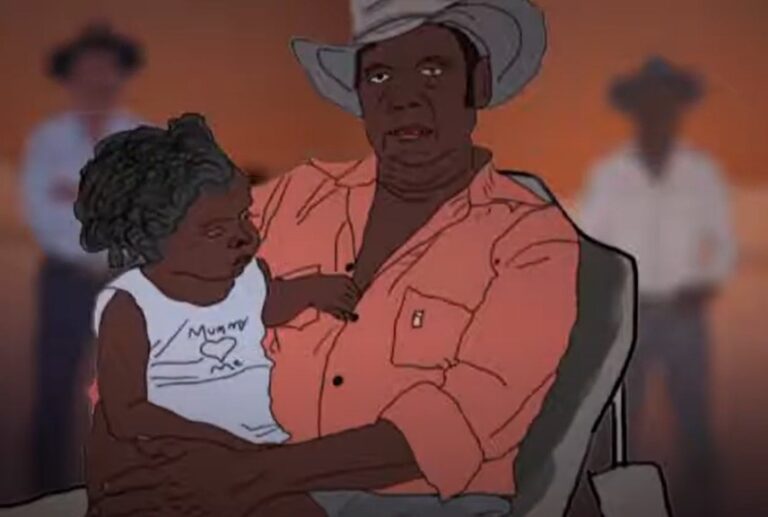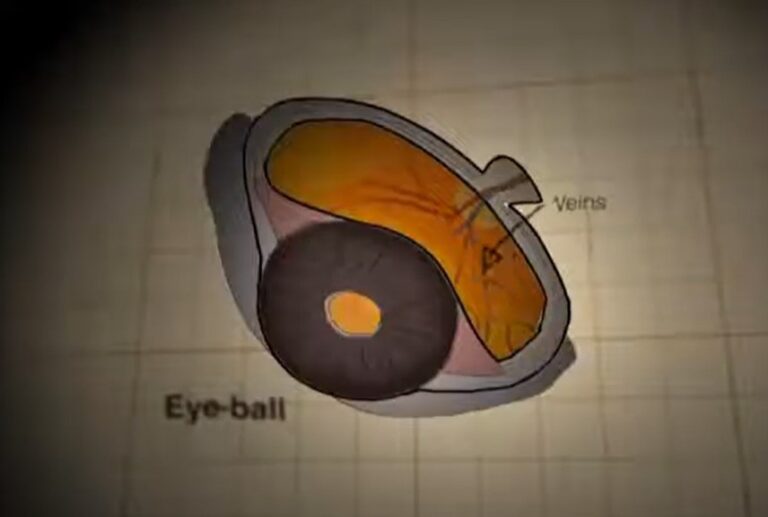Led by A/Prof Angus Turner, Lions Eye Institute – AU$35,000
Diabetic retinopathy (DR) is a common microvascular complication of diabetes and a leading cause of vision loss worldwide. The condition is often asymptomatic until significant damage has occurred, underlining the importance of regular eye screening for timely intervention to preserve vision. Current Australian guidelines recommend biennial DR screening for people with type 2 diabetes, but Aboriginal and Torres Strait Islander individuals, as well as those with significant risk factors, are advised to undergo annual screening. However, data from the 2016 National Eye Survey revealed that Aboriginal and Torres Strait Islanders had lower DR screening rates compared to the general population, with 53% compliance compared to 78% among others. Notably, a quarter of Aboriginal and Torres Strait Islanders had never undergone DR screening, and this lack of screening was more prevalent in remote areas.
Various barriers contribute to the low screening rates, including limited knowledge, absence of trust in healthcare providers, and challenges in accessing services. Alarmingly, 73% of Aboriginal and Torres Strait Islanders who did not follow DR screening guidelines were unaware of the need for regular eye examinations.
In 2011, Lions Outback Vision (LOV) collaborated with local community members and Aboriginal Health Workers to create a health promotion video aimed at raising awareness of diabetes’ impact on the eyes and the importance of annual screening, particularly targeting Aboriginal people with diabetes. The video “Bad Sugar, Bad Eyes” featured the voices of local Aboriginal individuals and demonstrated significant increases in knowledge and awareness of DR and screening through evaluations. Despite its success, this valuable resource remained underutilised.
In 2020, LOV established a Kimberly Hub in Broome to provide regional ophthalmology and optometry services previously unavailable to the local community. With a permanent ophthalmology service in place and a culturally appropriate educational resource already developed, LOV is well-positioned to enhance DR screening rates and reduce visual impairment and blindness in the community.
A four-month public health campaign will be run across the shires of Broome, Derby-West Kimberley, Halls Creek and Wyndham-East Kimberley, based on the previously developed four-minute video, “Bad Sugar, Bad Eyes”. The multi-channel campaign will promote the video via radio, social media and local newspapers (the Broome Advertiser). Advertising will be in English as it is the most spoken language across the many Aboriginal and Torres Strait Islander groups living in the Kimberley. The campaign will include a call to action for people to walk-in to the Broome clinic for DR screening.
During the campaign period and for the subsequent two months, data will be collected from Aboriginal people with type 2 diabetes that attend LOV services for DR screening. Participants who are diagnosed with referrable DR, who attend during this six-month data collection period will be followed up to determine if they attended an appointment with an ophthalmologist within three months of their DR screening visit. An Aboriginal research assistant will play an integral role in running this project and be involved in data collection and the follow-up of participants.
This research project has the potential to improve the level of knowledge of DR in the community and improve DR screening rates. This will help to preserve vision, resulting in a reduction of visual impairment and blindness in this area. As the emphasis of this research is specifically on Aboriginal and Torres Strait Islander people, it will help to decrease the disparity in visual health outcomes between them and non-Indigenous Australians. Furthermore, as this research will preserve vision and allow for early treatment of DR, it has the potential to save costs to both the individuals and the Australian health system.


Still shots from the video, “Bad Sugar, Bad Eyes”
ANZEF is the philanthropic arm of the Royal Australian and New Zealand College of Ophthalmologists (RANZCO).
RANZCO is a registered charity with the Australian Charities and Not-for-profits Commission (ACNC) Charities Services in New Zealand (registration no: CC53935).
Charity donations to ANZEF of $2 or more in Australia and $5 or more in New Zealand are tax-deductible.
ANZEF acknowledges and pays respect to the Traditional Owners of the lands and waters throughout the world, and to their Elders and ancestors, past and present.
© 2022 Web design and development by Marketing Media